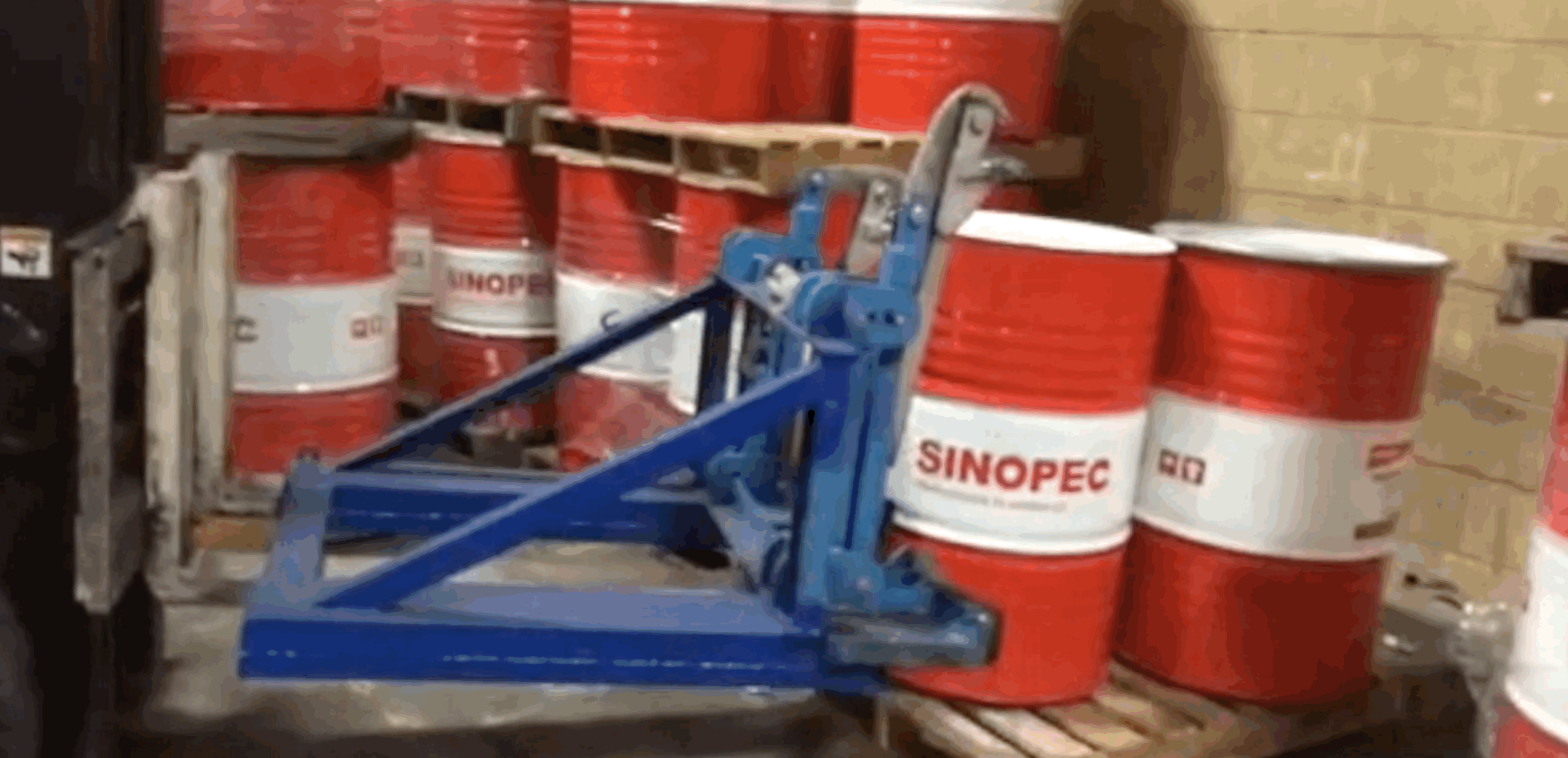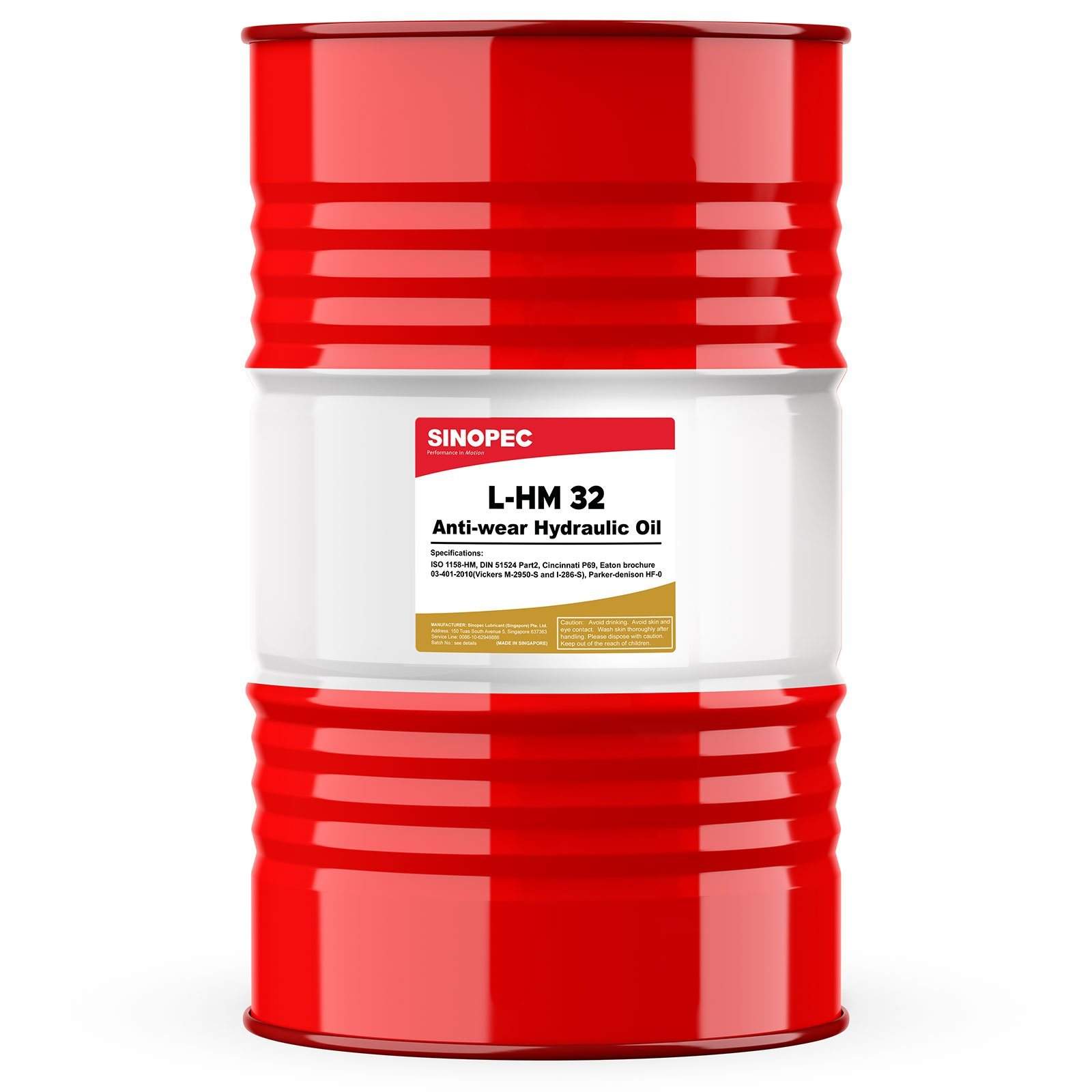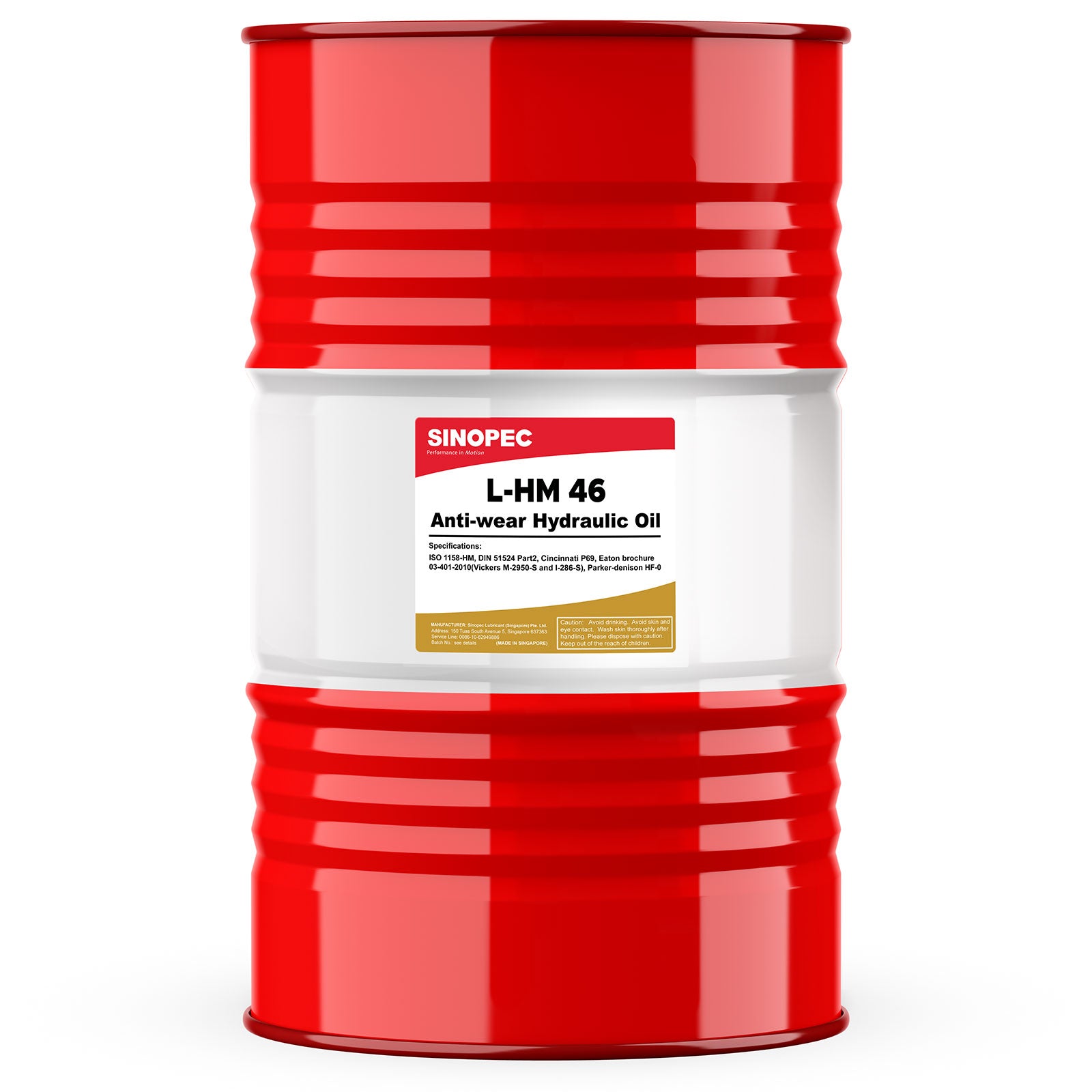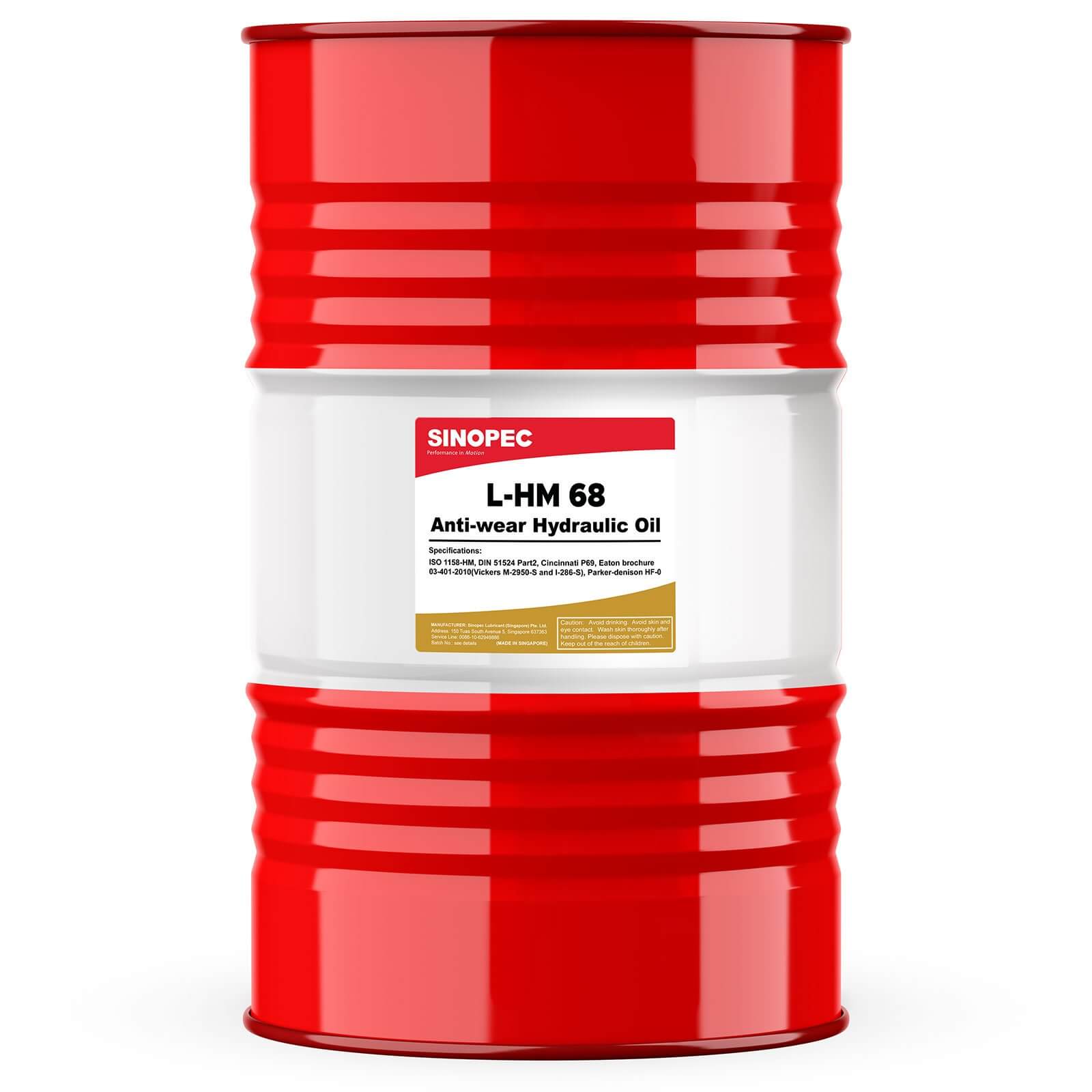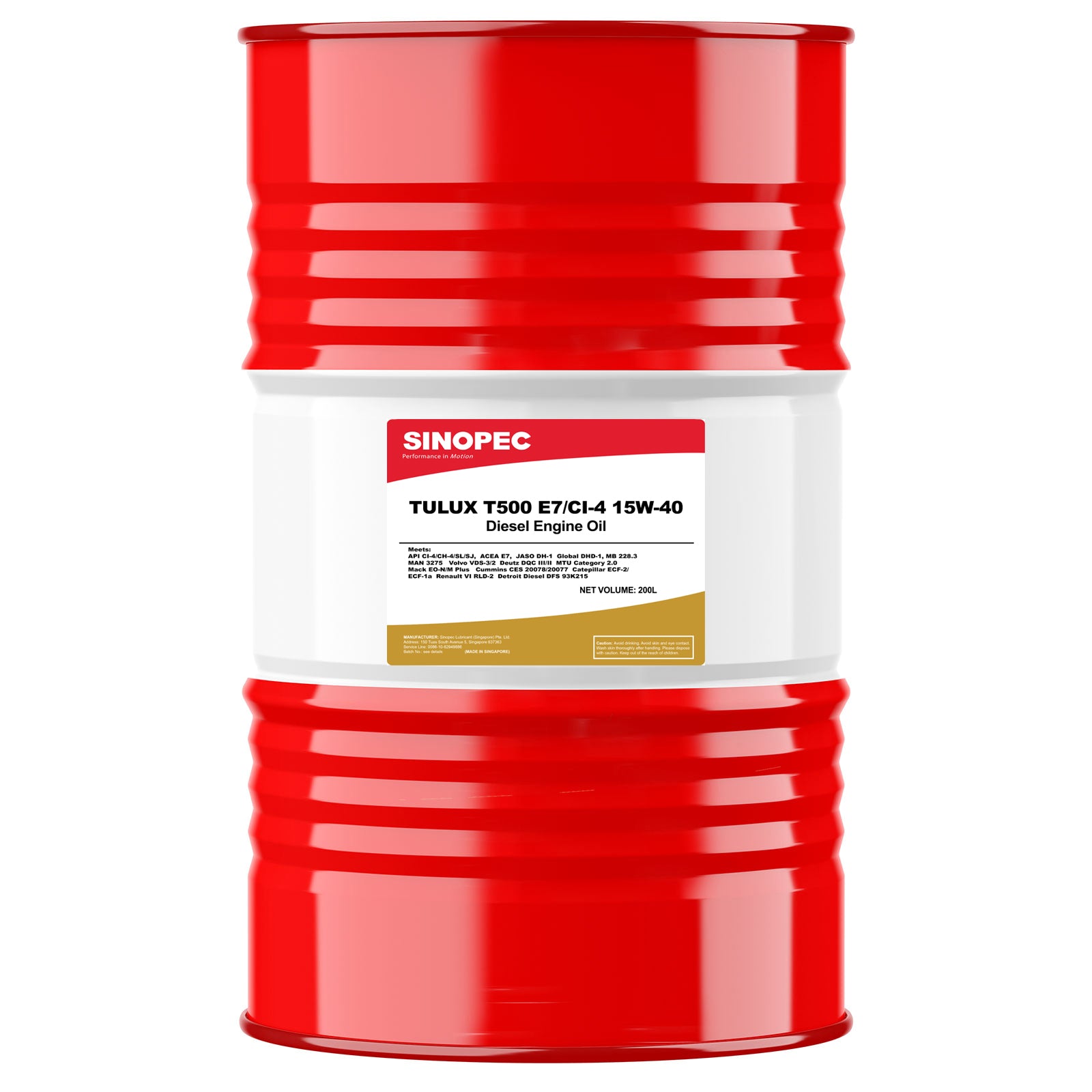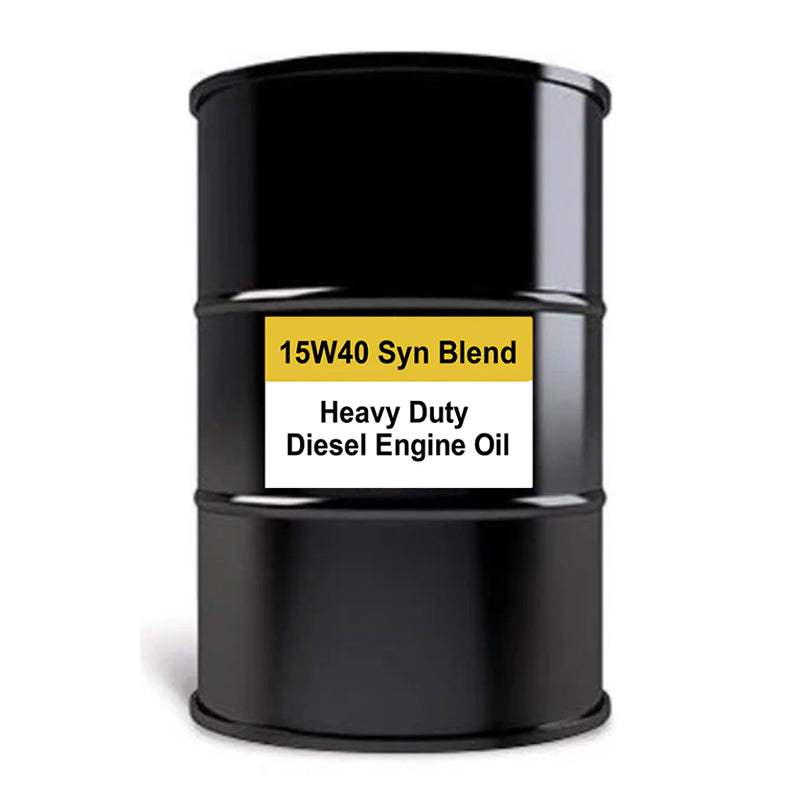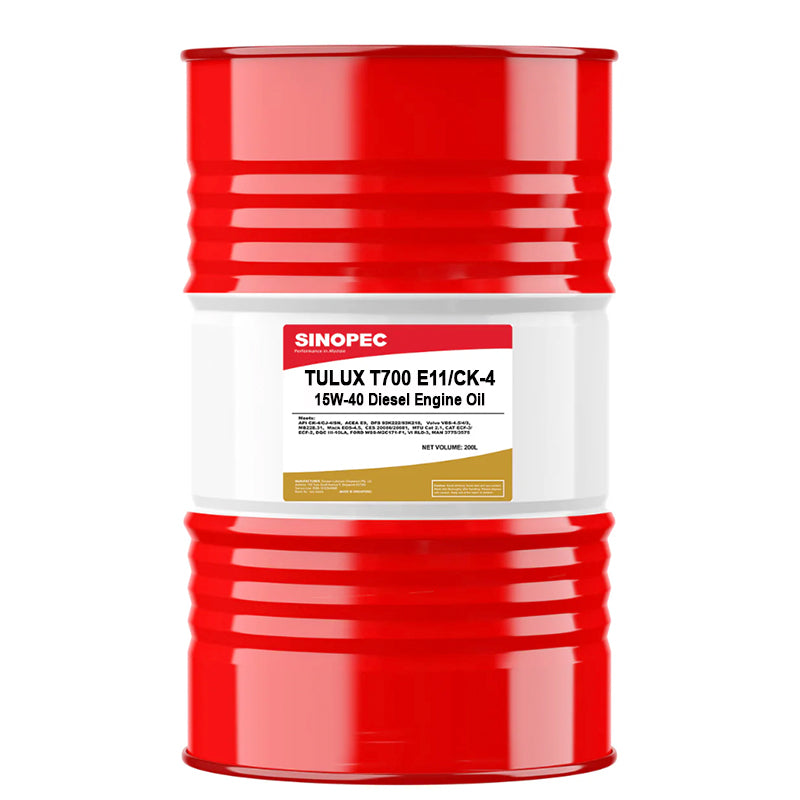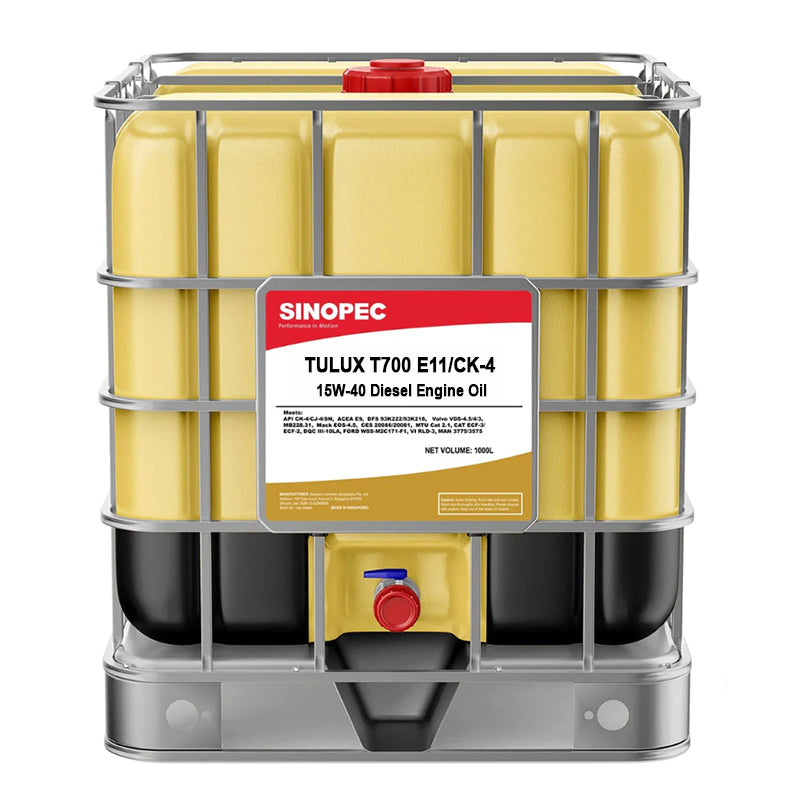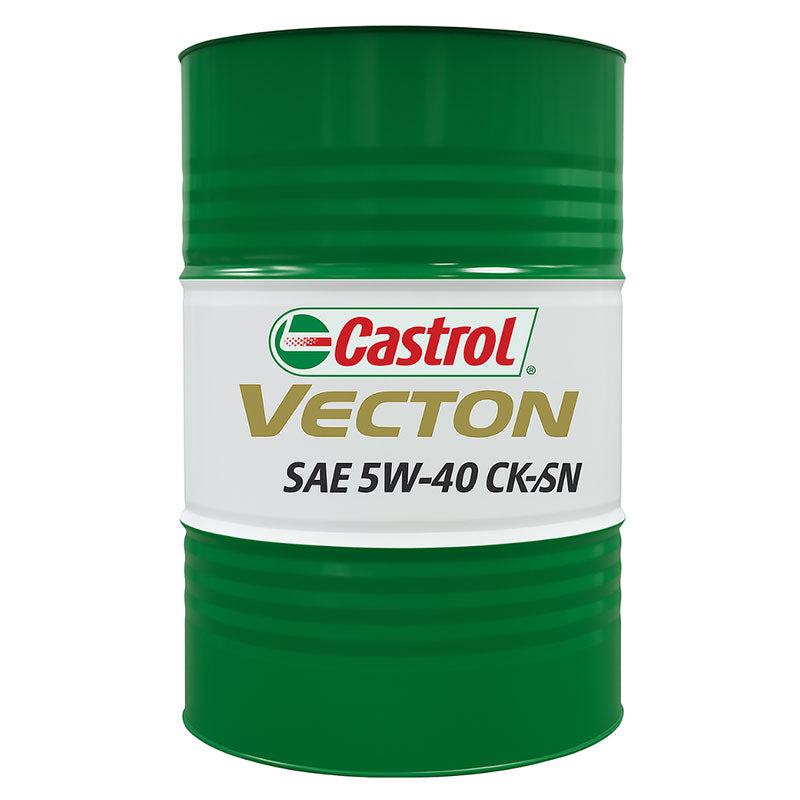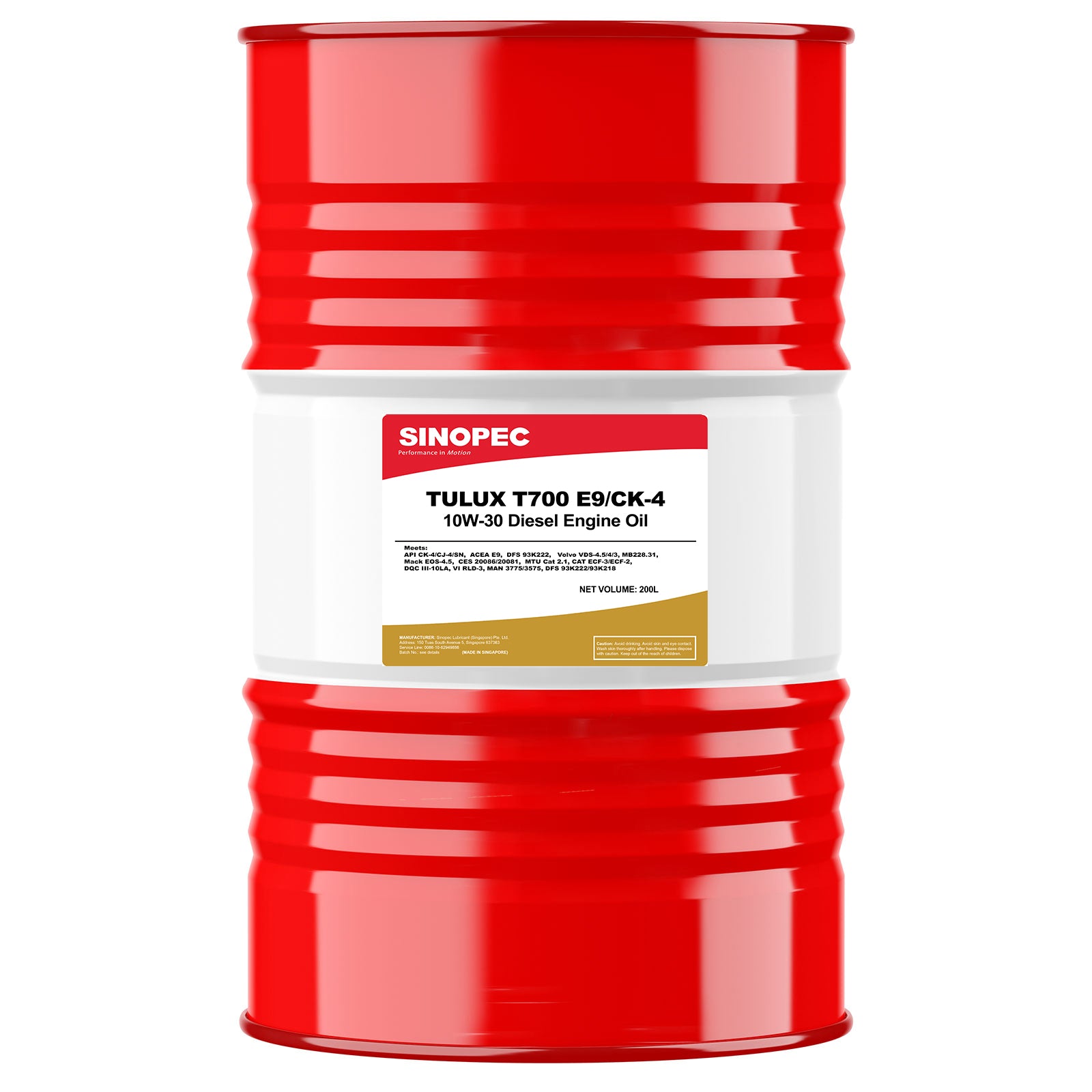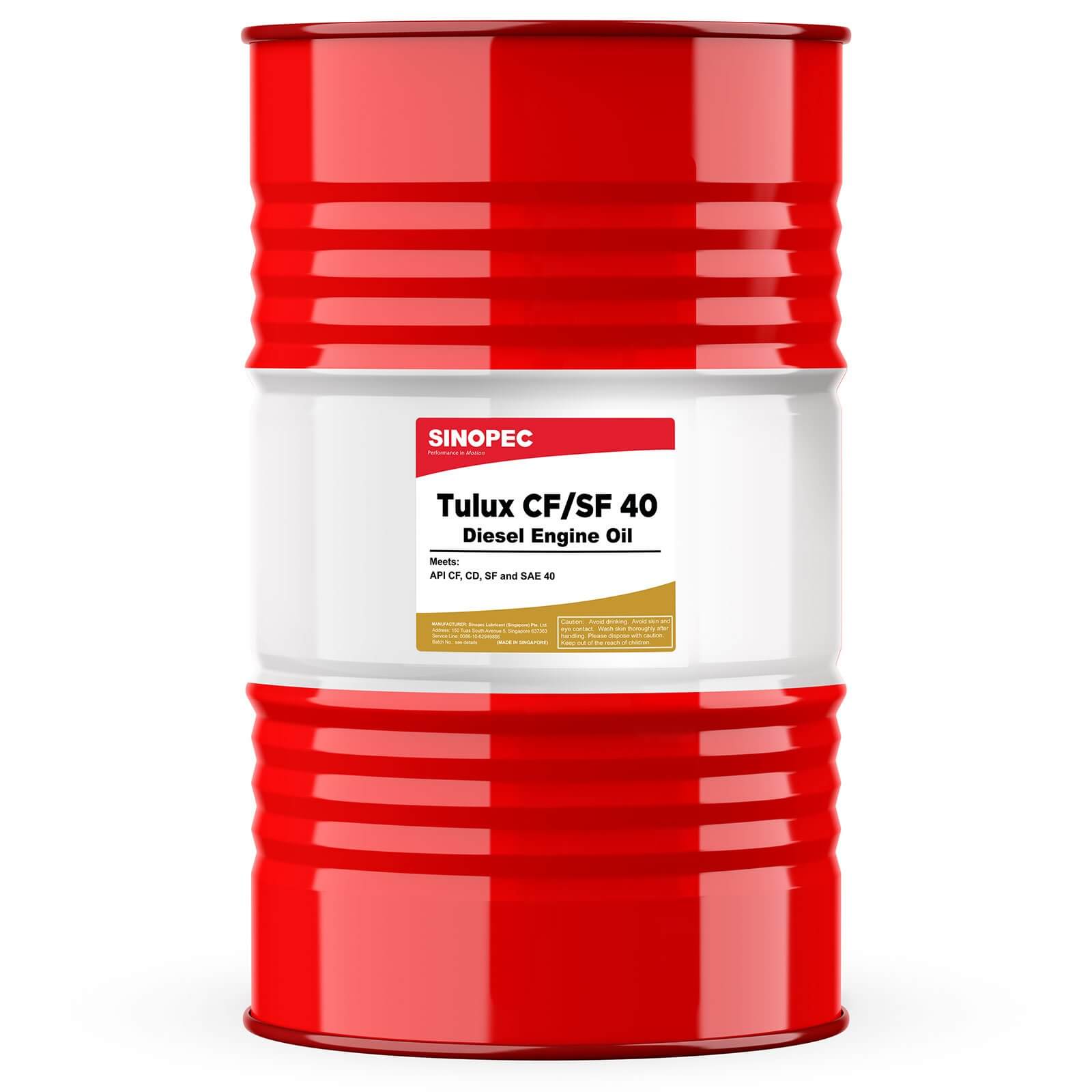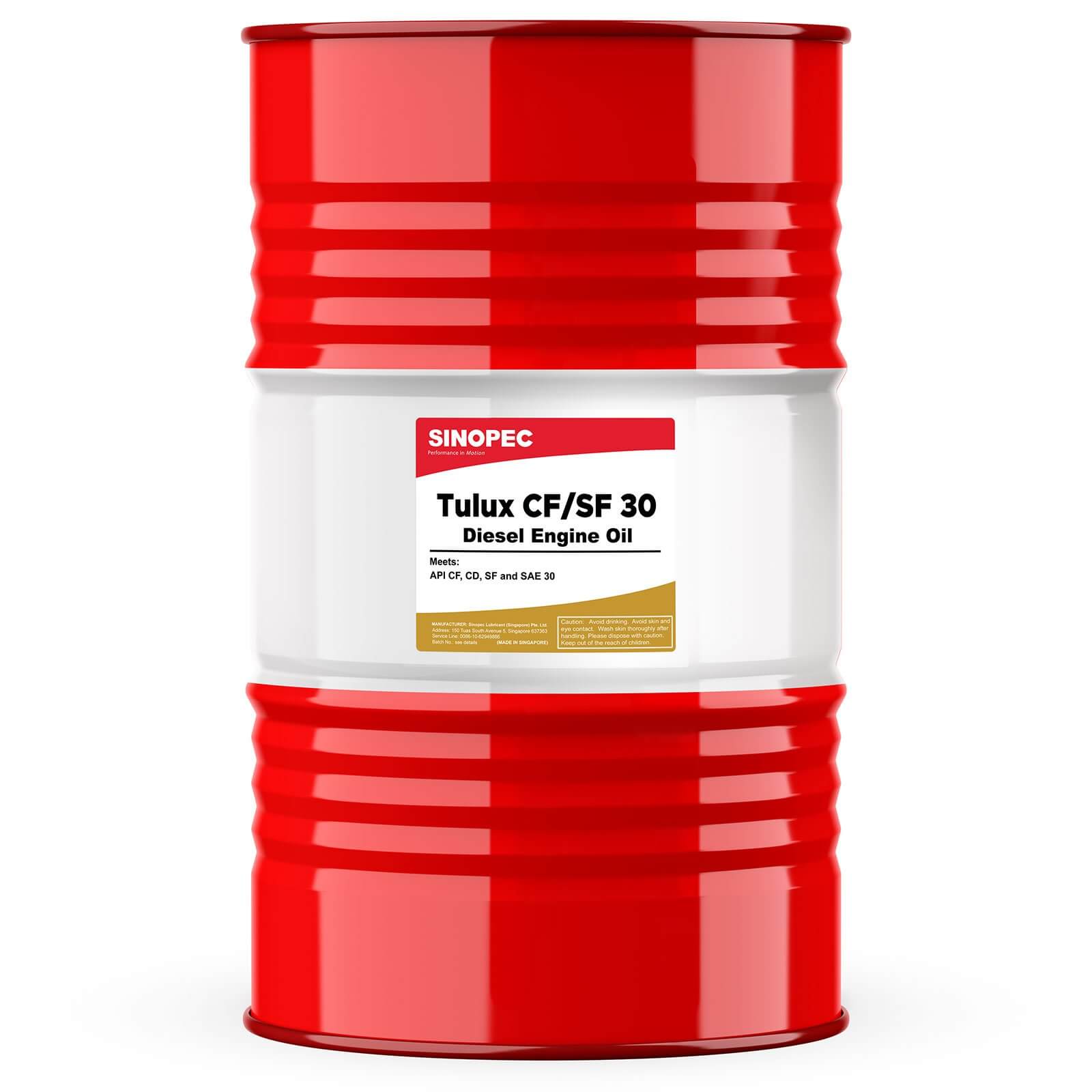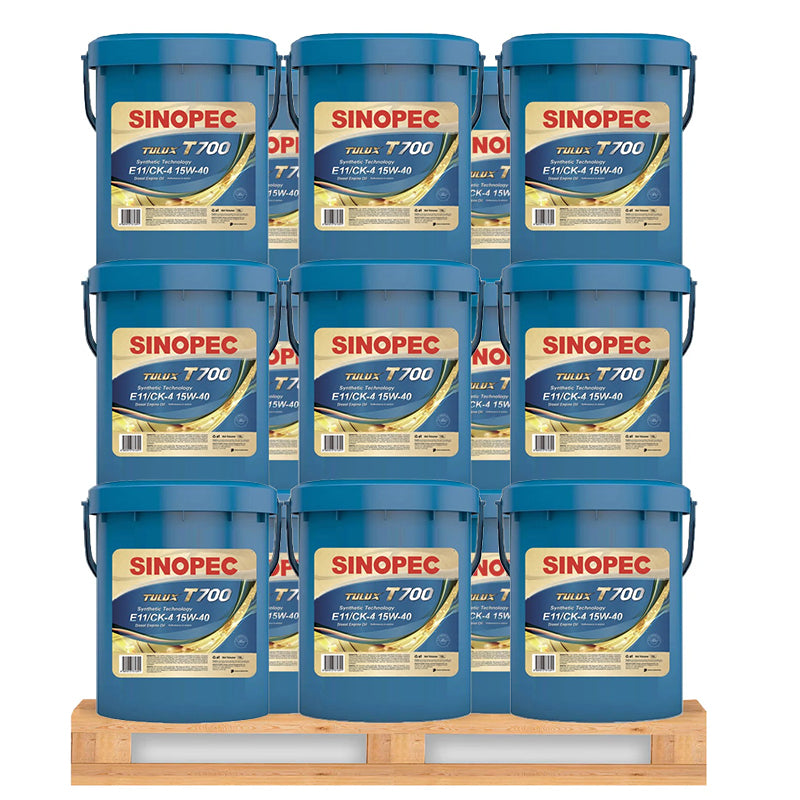Recommended Hydraulic Fluid for Log Splitter (AW-32)
Hydraulic Fluid AW-32 PRICE LIST
|
The pressure of a hydraulic log splitter is hard to beat, but what happens if you don't maintain it properly? Inspect the Hoses On your wood splitter, you'll find hoses or pipes running from the reservoir to the ram cylinder. These are the hydraulic pressure hoses, and they transfer the fluid from the reservoir to the cylinder to create pressure. The pressure that's created can be several tons per square inch. If you suspect you may have a worn hose that's leaking, do not feel around for it. Several tons of pressure leaking out through a small hole is enough to rip open your hand. Use a stiff piece of cardboard or a playing card and slowly move it over the area where you suspect a leak to be. The leak will either rip through or discolor the cardboard, so you'll know when you've found it. Upon finding a leak, replace the hoses right away. You don't need to lose a finger over procrastination. Use Fresh Fluid Annually check your hydraulic fluid reservoir for water. Water contamination in your hydraulic fluid can build up over time, and can be identified as a milky grey discoloration in the fluid. This contaminated hydraulic fluid will gradually decrease your wood splitter's efficiency. So gradually, in fact, that you may not even notice it right away. But over time, it will make for a poorly functioning log splitter. If you notice a milky grey contamination in your hydraulic fluid, drain and replace it with new fluid. Grease Up Your Ram Another obviously important part of your hydraulic log splitter is the ram. You need to keep the ram fully greased up. Keep every square inch of it greased, because a dry ram will quickly become a rusty ram. Rusted rams will damage the hydraulic seal, and you do not want to damage the seal. If you notice rust forming, sand it off, clean it, and apply more grease. Check the Engine If your hydraulic wood splitter runs on a gas engine, it needs to be maintained just like any other gas engine. Check the oil to make sure it's clean and full. You'll want to ensure all of the valves and the crank shaft are properly lubricated. Check out the carburetor to make sure your engine's running efficiently. Remove the spark plug and check the plug gap and inspect the condition of the electrodes. A healthy engine is just as important as a healthy hydraulic system. Pull That Cord Pull the pull cord out and inspect its full length for wear and tear. They do take a beating with time, and the last thing you want is to have it break when you need it. As soon as you notice significant fraying of the pull cord, go get yourself a new cord and replace the worn one. Then you'll know it's ready to go again when you need it. Inspect the Pump The pump in your hydraulic system is driven by the engine. It usually utilizes a power take off coupling to operate it, so check the coupling for loose play. If you can, check the central spindle of your pump to ensure it's not getting too loose. If there's too much play to either of these components, it could cause the pump to fail when it's under pressure. While you can't really tighten these parts, you can change out the bearings. Looseness in the coupling and the central spindle are generally caused by damaged bearings, so try replacing them if you notice them getting a bit sloppy. A Final Indicator of Problems As you run your log splitter, listen for unusual sounds or excessive vibration. Vibration is a sure indicator that something's going bad. The only sources of excessive vibration are the hydraulic pump and the engine. So if you hear or feel your log splitter vibrating too much, it could indicate a problem with one of these two components. Lastly, don't worry yourself too much. It's unlikely that you'll have several malfunctions to deal with simultaneously. Just make sure to stay on top of your maintenance procedures, and your log splitter should last you many, many years |

